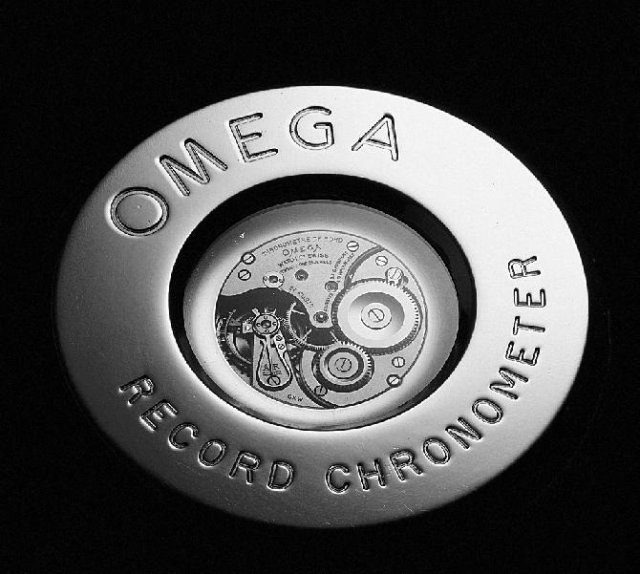
Competition breeds excellence
During the late 19th and early 20th century, manufacturers and their master watchmakers expended significant amounts of time and resources in preparation for Observatory trials held throughout Europe. Unlike today's annual watch fairs, these events were not intended to showcase new products. Instead the Observatory trials focused on the science of Chronometry and the ability to make chronometers measure time precisely.
Geneva observatory trials were exclusive for companies in the Canton of Geneva, whilst Neuenburg (French: Neuchâtel) competitions were open to all manufacturers. That is why Omega and Longines set up branches in Geneva – they wanted to take part in prestigious Geneva competitions. Geneva Observatory results are recorded under Omega Genève SA.
These trials were rigorous and they were the most exacting for the watch industry. The precision controls from the Observatories pushed everybody involved in the manufacturing process to achieve perfection because they were based solely on scientific and technical standards. Only timing mechanisms of proven design, perfect technical finish and expert regulation were chosen and given a chance to compete. After 44 days of testing with 5-positional and 3-temperature changes, the most precise chronometer won immense publicity for its manufacturer and acclaim among its peers in the horological community. Only movements were supplied for testing, as still practiced with COSC testing today. Movements were set in aluminum or wooden transport cases and fixed in square blocks for easy positional timing. The crown/stem were recessed in the transport cases so that they could be placed in any required position.
The Observatory trials were the "crown jewels" of Chronometry. The associated financial benefits gained by marketing these timing triumphs attracted large manufacturers as well as independent professional watchmakers throughout Europe. Even Japan was successfully represented by Seiko in some of these trials in the 1960s. Interestingly, only Patek Philippe and Omega participated every year in the Observatory trials. Omega's performances at these competitions garnered the company a reputation of precision and innovation. Following their repeated success in observatory trials, Omega utilized their expertise in COSC certified models until they headed the annual list of certified chronometers. For more than a decade (1958 – 1969), Omega was by far the largest manufacturer of COSC chronometers – mainly with their famous Constellation models. Never satisfied with their past achievements, Omega's quest for precision continues today with their development and incorporation of the co-axial escapement and adjustable inertial mass balance.
No comments:
Post a Comment